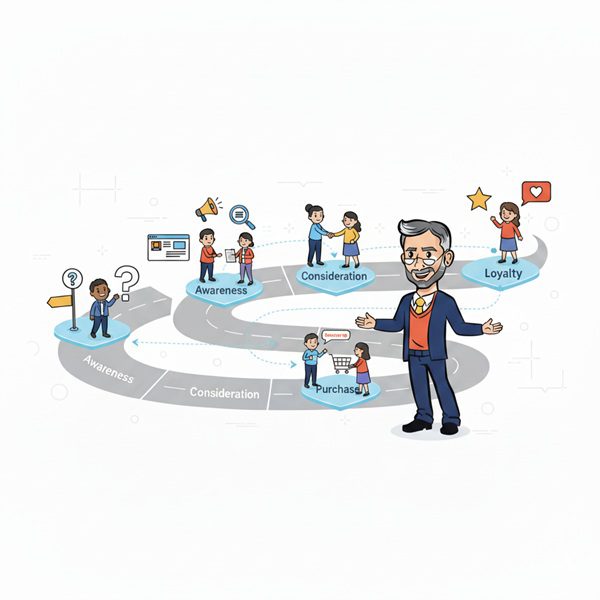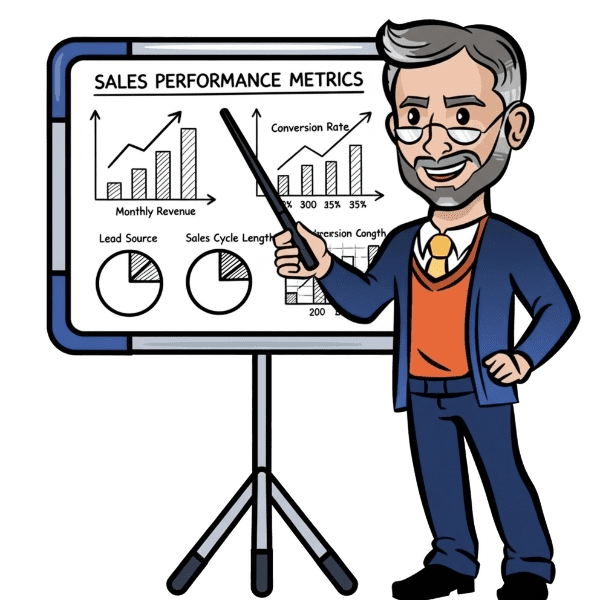Understanding Segment-Level Analysis
Segment-Level Analysis involves examining distinct customer groups—known as segments—based on shared characteristics such as demographics, behaviors, or preferences. This analysis enables businesses to tailor their marketing efforts, products, and services to meet the specific needs of each segment, thereby enhancing overall effectiveness and customer satisfaction.
Example in a Sentence:
By conducting segment-level analysis, the company identified that their younger demographic preferred online shopping, leading them to optimize their e-commerce platform for this segment.

Why Segment-Level Analysis Matters
Segment-level analysis is crucial for several reasons:
- Enhanced Personalization: Tailoring marketing messages to specific segments increases relevance and engagement.
- Improved Resource Allocation: Focusing efforts on high-performing segments ensures efficient use of marketing budgets.
- Informed Decision-Making: Understanding segment behaviors guides product development and service improvements.
- Competitive Advantage: Businesses can differentiate themselves by effectively meeting the unique needs of each segment.
Best Practices
1. Identify Meaningful Segments
Use data analytics to divide your customer base into segments with shared characteristics that are relevant to your business goals.
2. Gather Comprehensive Data
Collect data from various sources such as purchase history, website interactions, and customer feedback to gain a holistic view of each segment.
3. Analyze Segment Performance
Evaluate key performance indicators (KPIs) like conversion rates, customer lifetime value, and engagement metrics for each segment.
4. Tailor Strategies Accordingly
Develop customized marketing strategies, product offerings, and communication plans for each segment based on the analysis.
5. Monitor and Adjust
Continuously monitor segment performance and adjust strategies as needed to respond to changing behaviors and preferences.
More Definitions
(From the Sales & Marketing Jargon Encyclopedia at Sales Funnel Professor)
- Customer Segmentation – The process of dividing a customer base into distinct groups based on specific characteristics to tailor marketing efforts effectively.
- Data Segmentation – Organizing data into subsets that share common attributes, facilitating targeted analysis and decision-making.
- Dynamic Segmentation – Continuously updating customer segments in real-time based on evolving behaviors and interactions.
- Lead Segmentation – Categorizing potential customers based on factors like engagement level or purchase readiness to prioritize sales efforts.
Useful Posts
(From the Sales Funnel Professor Blog)
👉 How Customer Data Segmentation Drives Growth
Learn how breaking your audience into meaningful segments helps businesses personalise experiences, improve targeting, and accelerate overall growth.























